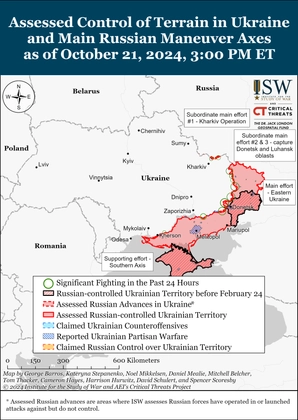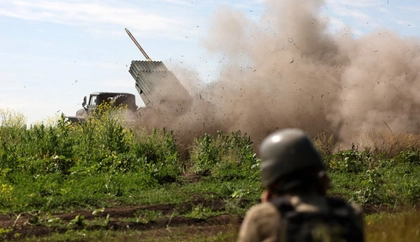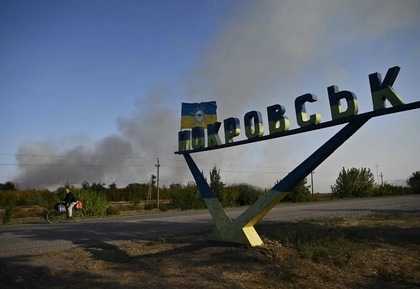Commentators assessing the Ukrainian counteroffensive now underway have a habit of putting developments in the context of the last war that they fought or studied. But the analogies have largely failed to fit with the reality of today’s war in Ukraine. This is not a traditional war, nor will this be a traditional counteroffensive. The offensive cannot be narrowly defined by retaken towns or forces headed in one direction and not another.
Ukraine’s rapidly shifting strategy and tactics—its almost daily innovative approaches to prosecuting this war—arguably have little or no historical precedent. Those familiar with past wars in Korea, Vietnam, Afghanistan, and Iraq know all too well the mountains that had to be climbed to convince someone in authority that a given strategy was not working. And even once that was accomplished, the painful and very costly delays in implementing a new strategy were measured in years, never days.
JOIN US ON TELEGRAM
Follow our coverage of the war on the @Kyivpost_official.
Not so in Ukraine. What’s extraordinary is not just that Ukraine has become a vibrant example of defense innovation in terms of both weapons use and development. Perhaps even more impressive is the speed with which Ukraine’s military leadership and commanders on the battlefield have evolved not only their thinking and tactics, but their strategy itself. As the battlespace has changed, which it has dramatically over the past year, Ukraine has adapted and found creative approaches to what previously seemed intractable problems. The country has clearly developed a system that empowers those in the fight to experiment and find success.

ISW Russian Offensive Campaign Assessment, October, 22, 2024
Most of the old Soviet-style leadership is gone from the Ukrainian military. But it is all still there in the Russian military, which remains ossified in its planning, strategy, and tactics. Despite the cacophony of self-proclaimed experts who continue to try and decipher Russian military theory and practice as if it is a real and complicated thing, the Russian default position is actually quite simple: Promote chaos. Exploding a major dam, as the evidence so far suggests Russia did in Kakhovka, apparently is considered a worthwhile price to pay by those orchestrating this war in Moscow. This is why one should not conclude that an ossified Russian military is less dangerous or deadly.
There is another critical piece that counteroffensive commentators seem to be missing, and it may well be the most vital part of this discussion. Ukraine’s vast increase in attacks on Russian territory should be seen as an integral part of its counteroffensive. Bringing the fight to Russia will not only hollow out Vladimir Putin’s infallibility; it might also finally convince those in the West who have hoped to contain the conflict that in a war like this that is just not possible.
These attacks, perhaps more than anything else, have shown that Ukrainian President Volodymyr Zelenskyy cannot be arm-twisted into accepting Pyrrhic victories. Maybe this will also lead Western leaders to conclude that they must give Ukraine everything it needs to win this war now and not in some far-off future.
Debra Cagan is a Senior advisor at the Atlantic Council’s Eurasia Center and former senior US State Department and Defense Department official.
This commentary is reprinted from Atlantic Council’s UkraineAlert Countroffensive edition.
See UkraineAlert here.
The views expressed in this opinion article are the author’s and not necessarily those of Kyiv Post.
You can also highlight the text and press Ctrl + Enter






